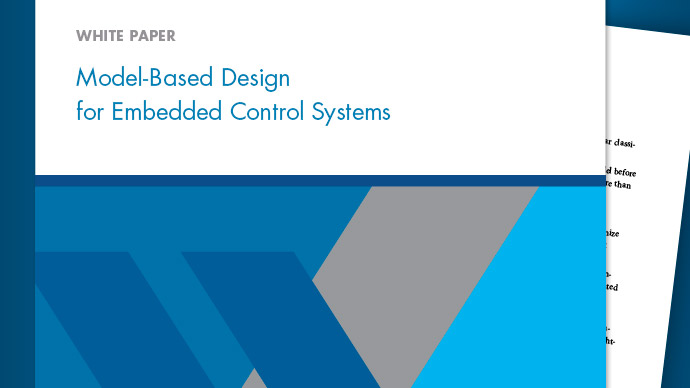signalEditor
Start Signal Editor
Description
signalEditorstarts Signal Editor without an associated model.
signalEditor(starts signal Editor using additional options specified by one or more name-value pair arguments.Name,Value)
Specify optional comma-separated pairs ofName,Valuearguments.Nameis the argument name andValueis the corresponding value.Namemust appear inside single quotes (' '). You can specify the name and value pair arguments in any order asName1,Value1,...,NameN,ValueN.
Model - Model name, specified as a character array, for which Signal Editor is to start. You can specify one model per call to the
signalEditorfunction.Note
Load the model before starting Signal Editor for it.
数据源,数据集名称,年代pecified as a character array, to be edited. You can specify one data set file per call to the
signalEditorfunction.Note
You can start multiple sessions of Signal Editor for the same model. However, you can associate a data set file with only one Signal Editor at a time. A data set file cannot have multiple Signal Editor sessions associated with it.
To add a scenario to the Signal Editor interface, selectScenariofrom theInsertsection of the Signal Editor toolstrip.

